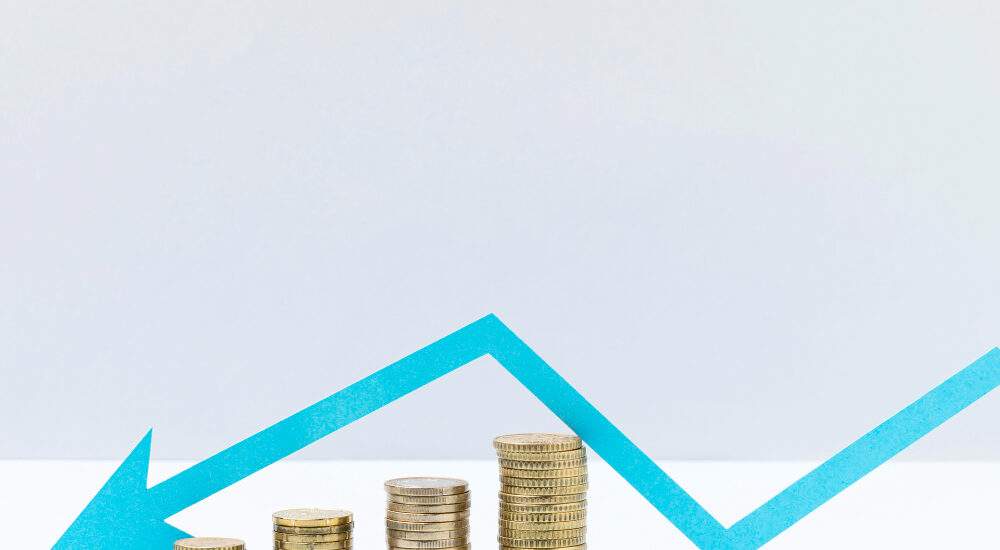Why Doesn’t My Profit Match My Bank Account?
- March 17, 2025
- Posted by: Crystal Haight
- Category: Finance

Have you ever asked yourself, “My profit and loss statement says I made this much money, but it doesn’t match my bank balance—why?”
Many business owners wonder about the difference between profit and cash in their bank account. This common confusion stems from how profit is calculated using accrual accounting, which records income and expenses differently from actual cash movements. Let’s explore why these numbers often don’t match:
1. Accrual vs. Cash Accounting
Accrual Accounting: Revenue and expenses are recorded when earned or incurred—not when money changes hands. For example, sales made on credit count as revenue immediately, even before receiving payment.
Cash Accounting: Revenue and expenses are recorded only when money is received or paid out. This method shows a closer match between bank balance and transactions.
Example: If you make a $5,000 sale on credit, your profit increases by $5,000 right away, but your cash remains unchanged until the customer pays.
2. Unpaid Invoices (Accounts Receivable)
When customers haven’t paid their invoices yet, those sales appear in your profit but not in your bank balance. You might see healthy profits on paper while the actual cash remains tied up in pending customer payments.
3. Unpaid Expenses (Accounts Payable)
Similarly, when you’ve incurred expenses like supplier bills or payroll but haven’t paid them yet, your cash balance will be higher than your profit. This happens because you’ve recorded the expense in your books, but the money is still sitting in your bank account.
4. Depreciation and Non-Cash Expenses
Some expenses don’t involve actual money leaving your account but still reduce your profit on paper. Depreciation and amortization are prime examples. When you buy equipment, its value decreases over time—this reduction shows up as depreciation in your profit calculations, but it doesn’t affect your bank balance at all.
5. Loans or Investments
When you receive a loan or investment capital, your bank balance increases, but your profit doesn’t change—these funds count as liability or equity, not income. Similarly, when you make loan payments, your cash decreases, but this doesn’t affect your profit (except for the interest portion of the payment).
6. Timing Differences (Accruals and Prepayments)
Some income and expenses relate to future time periods—like prepaid rent or insurance. While these transactions affect your profit calculations now, they won’t impact your cash balance until those future periods arrive.
7. Owner’s Draw or Dividends
When you take a draw or distribute dividends from your business, your bank balance decreases—but your profit stays the same. This is because these payments are simply transfers of money from your business to yourself, not business expenses.
8. Inventory and Cost of Goods Sold (COGS)
When you hold inventory, there’s often a timing difference between cash and profit. You might pay for inventory now but only record the cost COGS when you sell the items later—or you might buy inventory on credit and record the cost before paying for it. This timing mismatch can make your cash balance differ from what you’d expect based on profit.
Summary
Profit is an accounting measure that shows your business’s earnings and expenses over time, while your bank balance shows the actual cash you have available. These numbers often differ due to timing differences, credit sales, unpaid bills, and non-cash expenses. Understanding how money flows through your business helps you manage these natural variations.
If you notice significant differences between profit and cash, consider monitoring both your cash flow statement (showing money moving in and out) and your income statement (showing profit and loss). These two reports together provide a clearer picture of your business’s financial health.
